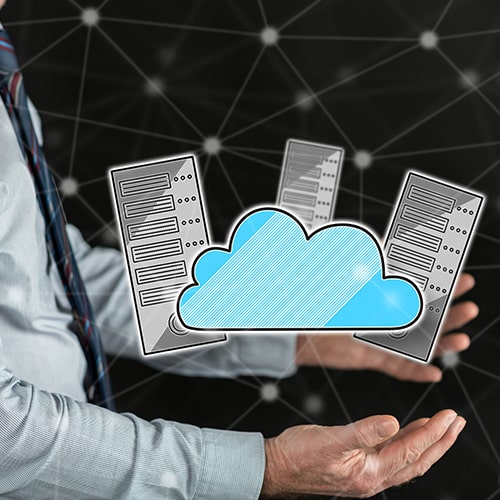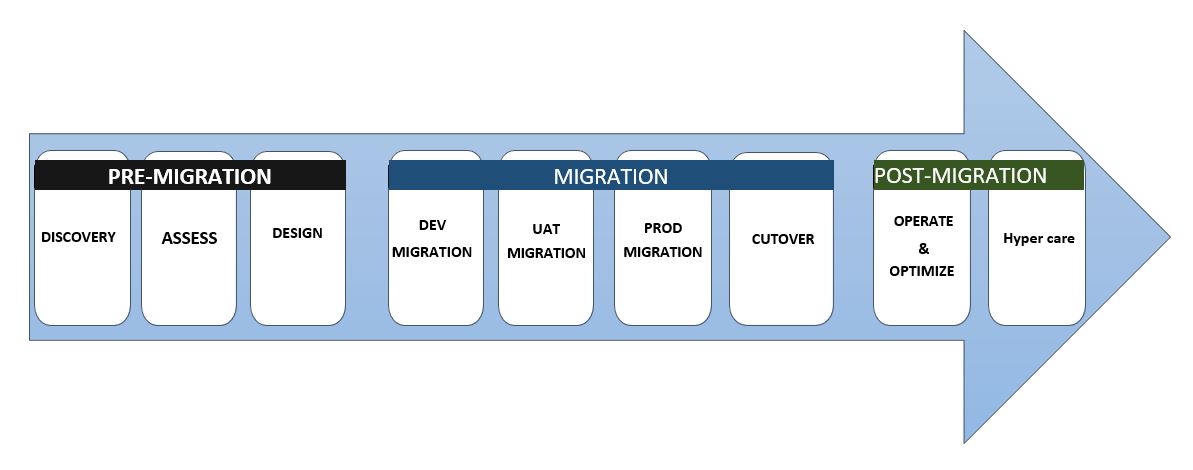The challenges of moving the Hyperion solution to Oracle Cloud Infrastructure
Hyperion software is critical for managing all types of organizations by linking financial and operational metrics to insights and ultimately driving strategies, plans, and execution.
It helps organizations translate a unified set of objectives into plans, monitor execution, and deliver critical insight to improve financial and operational performance.
|
We understand that your Hyperion application is mission-critical, helping you deliver your essential reporting requirements. You’ve invested years into your application environment, performed deep customizations, and integrations with other apps and components to suit your organization’s needs. Therefore, it might not make sense to start from scratch, re-architect, and retrain employees with a new platform as a service (PaaS) or software as a service (SaaS) solution. The flexibility to accommodate everything you already do with Hyperion is the strength of using an infrastructure as a service (IaaS) solution. The good news is that you can move Hyperion to the oracle infrastructure cloud, keeping the Hyperion you know, own, and have customized and integrated, all while taking advantage of the operational and cost benefits of the oracle infrastructure cloud. |

Benefits of Hyperion on Oracle Cloud Infrastructure (OCI)
With OCI, you have granular control over your Hyperion environment and can use the same software, licenses, and training your staff and end users use today.
oracle cloud infrastructure delivers higher performance compute, storage, networking, and managed database instances that result in a better experience for your users at a lower cost of operation.
- OCI takes advantage of large-scale, high bandwidth networks that connect cloud servers to high-performance local, file, block, and object storage to deliver a cloud platform that yields the highest performance for traditional and distributed applications as well as highly available databases.
- OCI offers the ability to improve application performance, resiliency, and agility with its purpose-built enterprise cloud – optimized for Oracle Hyperion System.

Hyperion on Oracle Cloud Infrastructure is cheaper than running it on-prem or in another cloud.
- 39% lower total cost of ownership (TCO) than on-prem deployments and 17% lower TCO than AWS.
- Managing and reducing CAPEX, ensuring that the data centers you maintain are efficient, eliminating server hardware, and taking advantage of cloud flexibility where possible.
- Rapid in-place technology refreshing and patching.
- Proactive monitoring of usage and costs.
- Near-instant scaling up or down to handle business growth or workload bursts.
- Federated identity provider with your existing systems.
Steps for Migration On-premise Hyperion to OCI
Smoothly migrating on-prem Hyperion to OCI requires a strong understanding of business and technical fundamentals. It requires participation from all project stakeholders.

PRE-MIGRATION
1. DISCOVERY
Begin discovery sessions by gathering all workload information for the portfolio analysis, which includes:
- Hyperion Platform details.
- Hyperion Environment Architecture details.
- Source and Target system Integration details.
- Security Matrix.
- Legacy system dependencies.
2. ASSESS
Assess the Environment and develop a Plan Matrix.
- Understand scope of the migration.
- Evaluate the current Hyperion server’s configuration and customizations.
- Evaluate supportability for future Hyperion release.
- Develop a migration plan.
- Develop a conceptual migration model and identify key evaluation points.
- Develop a Technical Specification/Infrastructure Design document.
3. DESIGN
This is an important step in the pre-migration phase where designing of High-Availability architecture for Hyperion takes place. Setup your Hyperion Architecture on OCI using the following modules.
- Compute Service: Create Hyperion Instances. OCI provides fast, flexible computing capacity to fit with your Hyperion workload need.
- Networking: Choose your OCI region from over 39 global data centers and setup a private virtual cloud network (VCN) and subnets in it. Configure your Dynamic Routing Gateway (DRG) to establish OCI VCN to on-prem connections. Design traffic control flow with routing tables and define firewall rules with security rules.
- Storage: Oracle provides distinct storage options according to the need of the data being accessed (Block, Object, File Storage).
- Identity and Access Management (IAM): Control users access to your cloud resources using OCI IAM.
- Load Balancing: Automate traffic distribution from one entry point to multiple Oracle HTTP Server (OHS) instances with OCI Load Balancers.
MIGRATION
4. DEV MIGRATION
Development is the first migration activity in the migration strategy and detailed execution steps should be tested. Development migration process includes the following:
- Hyperion Installation and Configuration on OCI instances.
- Integration with source and target system.
- Migration artifacts Development and data movement.
- Performance and Regression Testing
5. UAT MIGRATION
The QA Environment has similar architecture as the Production Environment. This ensures that the migration procedure has all the necessary steps and processes to be followed/executed during the production migration.
- Hyperion Installation and Configuration on OCI instances.
- Integration with source and target system.
- Migration of Automation Scripts.
- Scheduling Automation Scripts.
- Artifact and Data movement.
- Performance and Regression Testing.
6. PROD MIGRATION
Production migration requires detailed communication to relevant stakeholders. Take advantage of UAT migration.
The Production migration process includes:
- Hyperion Installation and Configuration on OCI instances.
- Integration with source and target system.
- Migration of Automation Scripts.
- Scheduling Automation Scripts.
- Performance Tuning.
- Artifact and Data movement.
- Performance and Regression Testing.
- Data Validation.
- Security Updates.
- Schedule the automation task.
7. CUTOVER
Cutover is the last important step in the migration phase. Detailed Cutover Plan communication to relevant stakeholders has been completed before go-live.
- Freeze Production Environment 1-2 weeks before cutover.
- Testing of the application has been completed to the satisfaction of the appropriate team.
- Turn-on Integration.
- Perform the system validation.
- Perform the data validation.
- Perform the security validation.
- Monitoring and controlling of the execution of the go-live activities.
- IT smoke testing and validation planning.
POST-MIGRATION
8. OPERATE OPTIMIZE
In this stage, after successful Migration, you can monitor the application performance and look for ways to optimize it.
- Monitor Performance compute resources.
- Monitor source and target system Integration.
- Improve automation to reduce operational overhead.
- Improve integration with logging, monitoring, and alerting tools.
9. Hypercare
Ensure that the transition from the migration team to the “business as usual” team is smooth.
- Support User queries related to application features/navigation.
- Month-end activities, Quarter-end activities.
- Product issues work with Oracle.
- Impact and Root Cause Analyses.
Insights
Request for services
Find out more about how we can help your organization navigate its next. Let us know your areas of interest so that we can serve you better.




